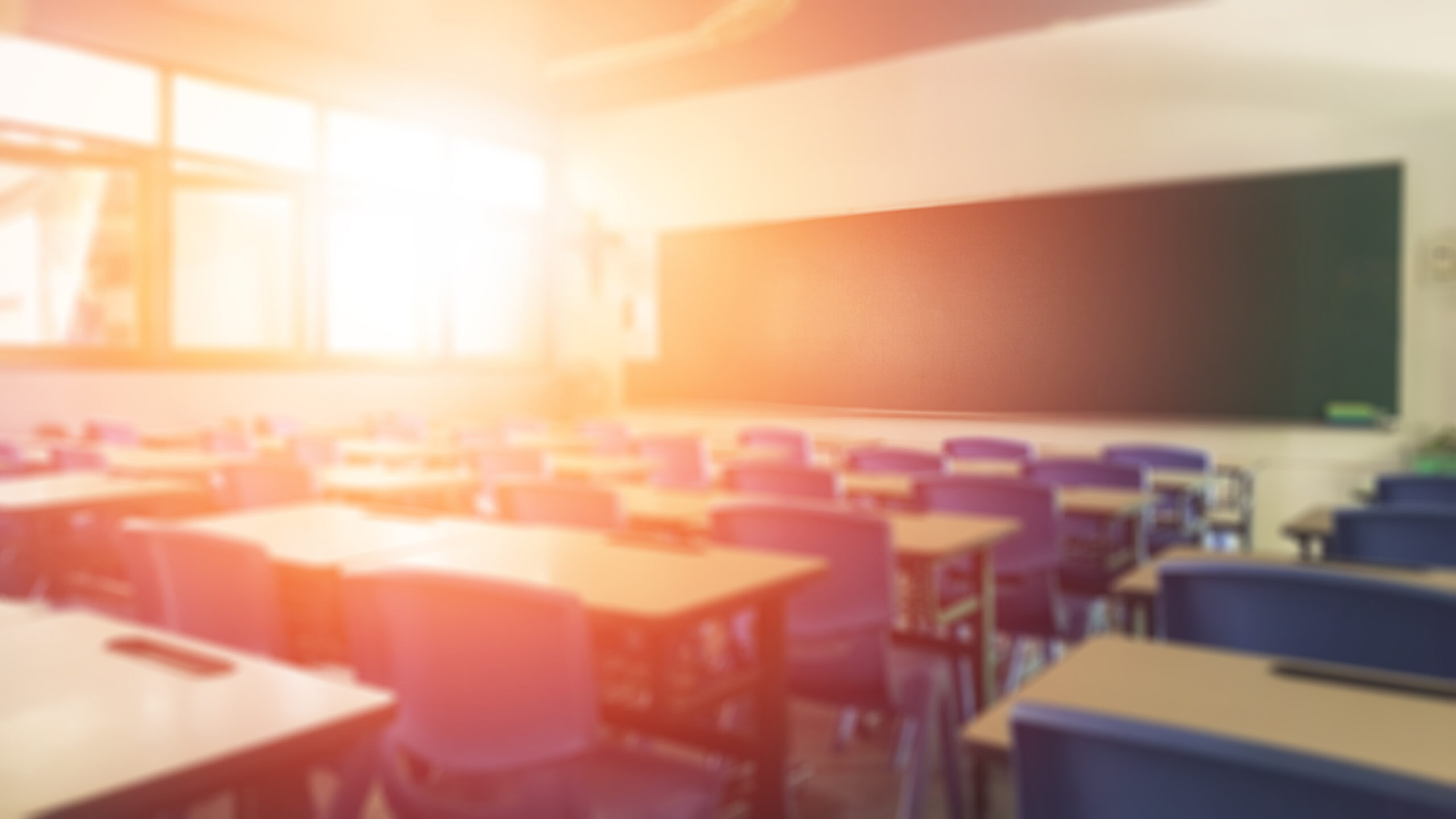Share this article.
During a recent conversation with a school superintendent, I was told,
“My biggest fear is that we just don’t know what is coming next. In the past we have seen changes in standards, changes in assessments, changes in student populations. And, in today’s world there’s the hard shift to blended learning which brings new challenges with technology, as well as fears of reductions in funding. Without knowing what is coming next, I can’t plan for the future. I feel like I spend my time swaying back and forth between initiatives. My faculty tells me ‘this too shall pass’. I’m not certain where I should invest my resources. Help.”
I thought about what he said. He was correct, we don’t know what changes the future will bring. And education has a reputation of swaying back and forth, regardless of what the change is, be it changes to content, materials, technology, economics, or unexpected crises. But this doesn’t mean that we can’t plan what is best for our students. As the co-owner of an educational consulting company, how would I address the constantly changing educational world? How would I help my friend from swaying? What would I tell him to invest in?
The answer lies in teachers—investing in them to ensure we are laying the strongest foundation.
A Smart Investment
Too often we invest in products and programs that come with expiration dates. We must invest in making sure that all students receive the best, first instruction with the initiative of developing student ownership. This can’t happen without best, first instruction. Don’t sway from this.
Regardless of future changes (in standards, textbooks, assessment, whatever) delivering best, first instruction is something we can confidently stand firm on when we invest in teachers to ensure they have the knowledge, skills, and support to ensure that:
- All student learning is driven by a standards-based curriculum with measurable and achievable objectives. If we define standards as the skills and knowledge students need to be successful post-graduation, we can guarantee that our curriculum is standards-driven. Regardless of how standards, programs, and products change (and they will), students still need to learn, master, apply, and transfer a specific set of skills and knowledge. This won’t change.
Thus, if new standards, programs, or products come, we will not sway.
- All student learning is being driven by highly engaging, effective, and efficient instructional practices. If we define instructional practices as those strategies that best ensure our students learn the skill or knowledge the first time, we can guarantee that our teachers are equipped decision-makers that are selecting the best practices based on the focus skill and student need. Regardless of the instructional approach (be it direct instruction, blended learning, cooperative groups, inquiry method, etc.), teachers still need to make certain instruction is guided by the learning practices that garner results. This won’t change.
Thus, if new instructional initiatives are introduced, we will not sway.
- All student learning is being driven by regular assessment that guides instructional decision making. If we define assessment as knowing what each of our students can and can’t do at any given time in order to drive decision-making, we can guarantee that our teachers are equipped to check for understanding as often as necessary and adjust instruction, as needed. Regardless of the type of assessment, teachers still need to ensure that every lesson is being driven by on-going assessments that monitor student understanding and that teachers continually adjust instruction accordingly. This won’t change.
Thus, if new assessments are introduced or mandated, we will not sway.
- All student learning is being driven by a positive academic climate. If we define climate as an atmosphere of mutual respect, cooperation, and academic risk-taking, we can guarantee that every student takes ownership of their own learning. Regardless of receiving new students, new teachers, or new administrators, we must maintain a culture that values all learners, makes clear their role in their learning, and creates a cooperative and collaborative environment that promotes student learning anytime, anywhere. This won’t change.
Thus, if curriculum, instruction, or assessment change, when it comes to climate and culture, we will not sway.
When districts are investing in teachers to ensure they are laying the strongest foundation—one grounded in best, first instruction—they cannot be swayed and student achievement will be elevated.

© Shutterstock/Maglara
Continue the Learning
Check out these articles and resources to continue your learning about this topic…
The Learning Brief
In this article you learned…
- Education consistently goes through many types of changes, some planned, some controllable, and some unknowable.
- Investing your resources in ensuring students have best, first instruction from their teachers is the strongest investment an administrator can make.
- All student learning is driven by standards-based curriculum, efficient instruction, regular assessment, and a positive academic climate.
Can you imagine building an environment full of motivated, engaged, and eager students who own their learning?
We can.

